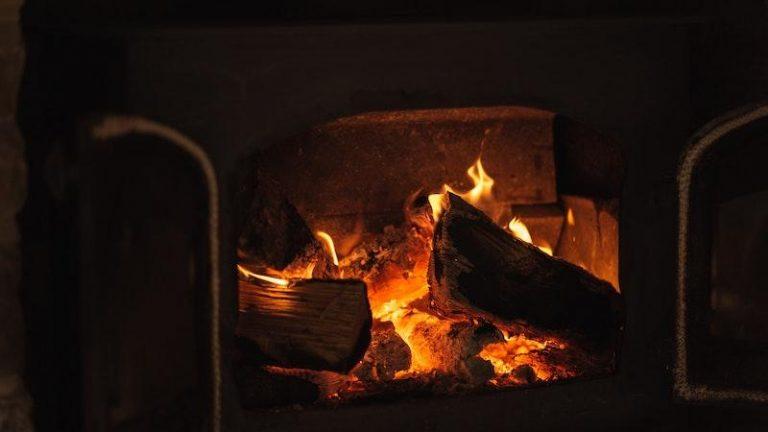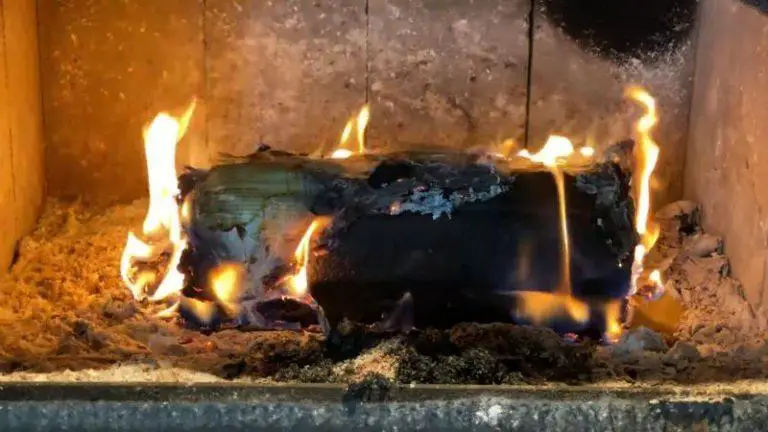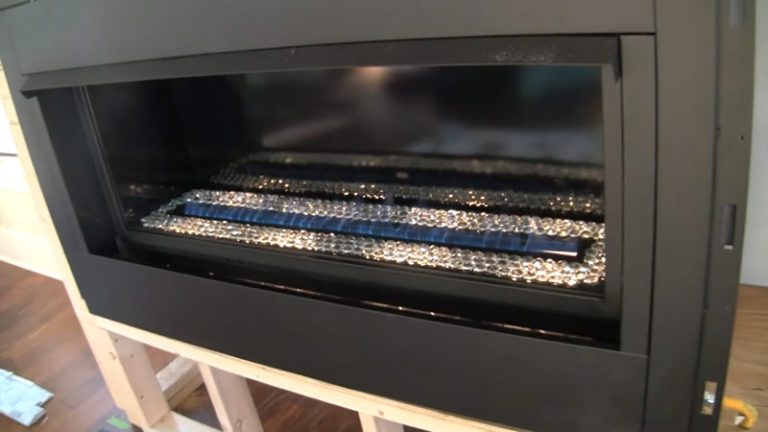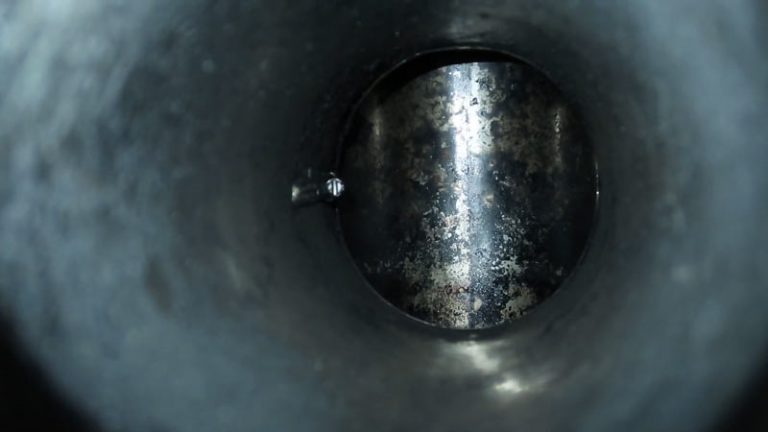How to Remove Stove Pipe From Ceiling? [Step By Step Guide]
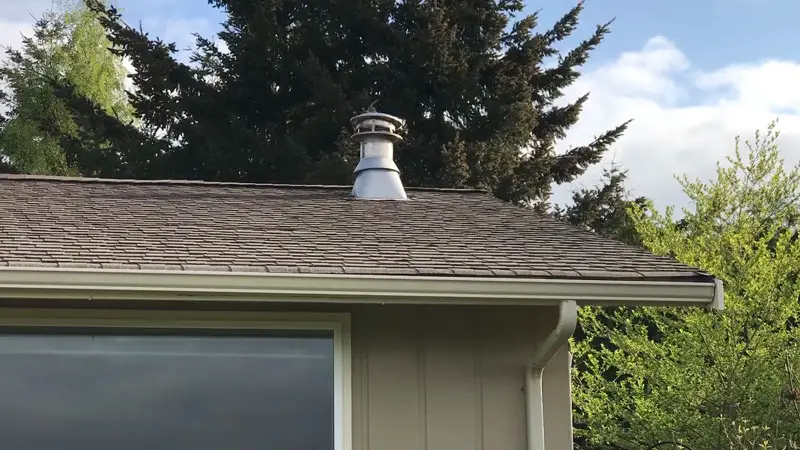
If you have a wood stove in your home, you are likely familiar with the network of pipes that carry smoke and exhaust out of your home. These pipes are an essential part of the wood stove system, but there may come a time when you need to remove one of these pipes from your ceiling.
This could be for a variety of reasons, such as replacing a damaged pipe, removing an old wood stove, or simply updating the look of your home. Whatever your reason for removing a wood stove pipe, it is important to follow proper safety precautions and to understand the steps involved in the process.
In this article, we will walk you through the steps for removing a wood stove pipe from a ceiling.
You'll Learn About
Removing Wood Stove Pipe From Ceiling
To remove a wood stove pipe from a ceiling, you will need to start by identifying how the pipe is attached to the ceiling. Some brands of wood stove pipes have a twist lock that you can try to grip and turn in order to loosen it.
If the pipe is not easily removable, you may need to use a tool such as an abrasive cutoff tool or reciprocating saw to cut through any fire blocking pieces or support strapping that may be holding it in place.
Before attempting to remove the wood stove pipe, it is important to take safety precautions such as wearing protective gear, turning off the power to the stove, and ensuring that the stove is cool to the touch. You may also want to consult a professional if you are unsure about how to safely remove the pipe.
Once the pipe is removed, you can proceed with patching the ceiling to cover the hole left by the pipe. This will likely involve cutting a patch to fit the hole and securing it in place with nails or screws. You may also need to finish the patch with drywall compound and sanding to blend it seamlessly with the rest of the ceiling. You may need more time installing drywall.
Safety Precautions
Before attempting to remove a wood stove pipe from a ceiling, it is important to take a few safety precautions.
- First, you should turn off the power to the stove. This will prevent any accidental ignition of the stove while you are working on it.
- Next, you should wear protective gear such as gloves, goggles, and a dust mask to protect yourself from any debris or dust that may be generated during the removal process.
- Finally, it is important to ensure that the stove is cool to the touch before beginning any work.
If the stove has been in use recently, it is best to wait until it has cooled down completely before attempting to remove the pipe.
Identifying How The Pipe Is Attached To The Ceiling
The first step in removing a wood stove pipe from a ceiling is to identify how the pipe is attached to the ceiling. Some brands of wood stove pipes have a twist lock system, where the sections of the pipe simply twist together to form a secure connection.
These types of pipes may be easier to remove, as you can simply grip the exposed part of the pipe and try to turn it to loosen it.
Other types of wood stove pipes may be attached to the ceiling using a different method, such as screws or a band clamp. These types of attachments may be more difficult to remove, and you may need to use tools such as a screwdriver or a pipe wrench to loosen them.
The difficulty of removing the wood stove pipe will also depend on the type of attachment used and the condition of the pipe. If the pipe is old or has become corroded, it may be more difficult to remove, even if it has a twist lock attachment.
In these cases, it may be necessary to use additional tools or seek the assistance of a professional.
Removing The Wood Stove Pipe
Once you have identified how the wood stove pipe is attached to the ceiling, you can proceed with the removal process. If the pipe has a twist lock attachment, the steps for removing it will be as follows:
- Unscrew the band clamp that holds the pipe to the stove.
- Slide the cap off of the pipe.
- Use a screwdriver to remove the screws from the pipe’s cap.
- Grip the exposed part of the pipe and try to turn it to loosen the connection.
- Once the connection is loose, you can gently pull the pipe away from the ceiling.
If the wood stove pipe is attached to the ceiling using a different method, you may need to use additional tools to remove it. Some options for removing these types of pipes include using an abrasive cutoff tool or a reciprocating saw to cut through the pipe.
Also, you can use a pipe wrench to loosen any screws or clamps that hold the pipe in place. It is important to use caution when using these tools, as they can generate sparks or debris that could potentially be hazardous.
It is also worth noting that the wood stove pipe may be supported by fire blocking pieces or support strapping, which could make it more difficult to remove. In these cases, you may need to carefully cut through these pieces in order to remove the pipe.
Patching The Ceiling
Once you have successfully removed the wood stove pipe from the ceiling, you will need to patch the hole left behind. The steps for patching the ceiling will depend on the type of ceiling you have and the size of the hole left by the pipe. Here are some general steps to follow when patching a ceiling:
- Cut a patch to fit the hole left by the wood stove pipe. You can use a piece of drywall or a pre-made ceiling patch for this purpose.
- Secure the patch in place using nails or screws. Be sure to place the nails or screws evenly around the perimeter of the patch to ensure a secure hold.
- Finish the patch by applying drywall compound over the surface. Use a putty knife to smooth the compound over the patch, and then allow it to dry according to the manufacturer’s instructions.
- Sand the patch to smooth out any rough spots and blend it with the rest of the ceiling. Use a fine grit sandpaper for this step, and be sure to wear a dust mask to protect yourself from any dust generated by the sanding process.
With these steps, you should be able to successfully patch the ceiling and create a seamless finish.
How to Remove Metal Chimney Pipe?
Removing a metal chimney pipe can be a complex and potentially dangerous task, and it is important to take proper safety precautions and use the appropriate tools. In this guide, we will walk you through the steps and tools needed to safely remove a metal chimney pipe.
- Safety Equipment: Before starting any work, it is important to protect yourself by wearing safety goggles, a dust mask, and heavy-duty work gloves.
- Tools: You will need a drill, a hammer, a cold chisel, a metal saw, a ladder, and a level.
- Locate the Pipe: Locate the pipe that needs to be removed and mark its position on the chimney. Use the level to ensure that the pipe is vertical.
- Drill Pilot Holes: Use the drill to make pilot holes in the pipe at the top and bottom of the marked section. These holes will make it easier to remove the pipe.
- Cut the Pipe: Use the metal saw to cut the pipe along the marked section. Be sure to use the ladder to ensure that you are working at the appropriate height.
- Remove the Pipe: Use the hammer and cold chisel to break the pipe into smaller pieces. Be sure to work carefully and methodically to avoid damaging the chimney.
- Clean Up: Once the pipe has been removed, clean up any debris and dispose of it properly.
- Inspection: Inspect the inside of the chimney, it’s better if you get a professional chimney sweep to have a look.
Note: It is important to note that if the chimney is connected to a heating system, it is best to consult with a professional before attempting to remove the pipe.
To Recap
Removing a wood stove pipe from a ceiling is a process that requires careful planning and attention to safety. By following the steps outlined above, you should be able to successfully remove the pipe and patch the ceiling to create a seamless finish.
However, it is important to follow all safety precautions, as working with wood stoves and pipes can be potentially hazardous. If you are unsure about how to safely remove the pipe, or if the pipe appears to be damaged or difficult to remove, it is best to seek the assistance of a professional.
By following these guidelines, you can safely remove a wood stove pipe from a ceiling and restore your home to its original condition.

